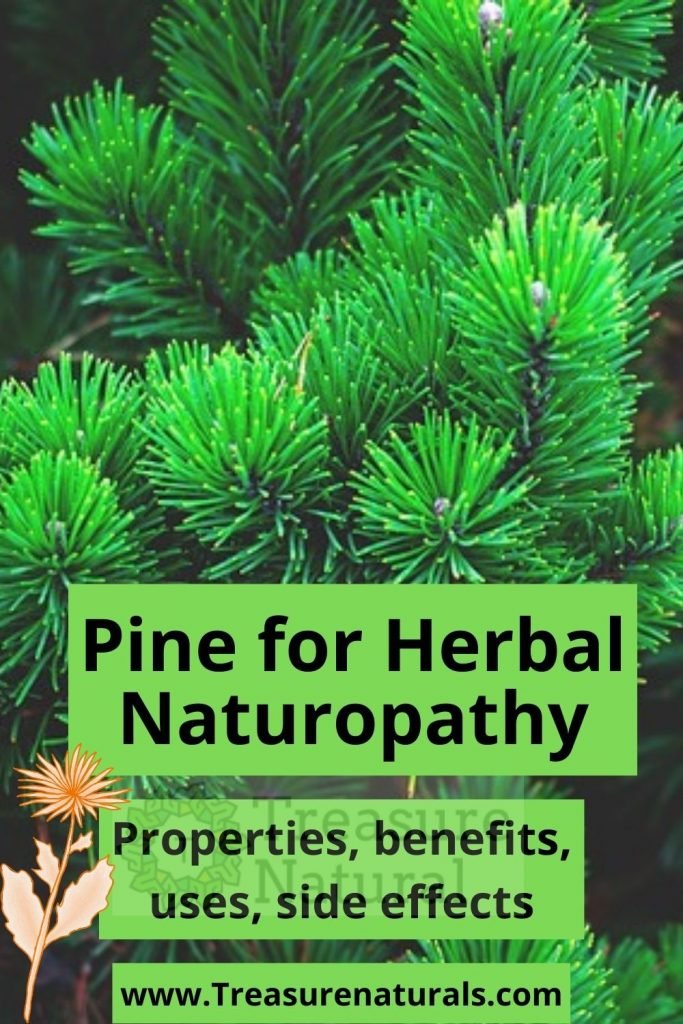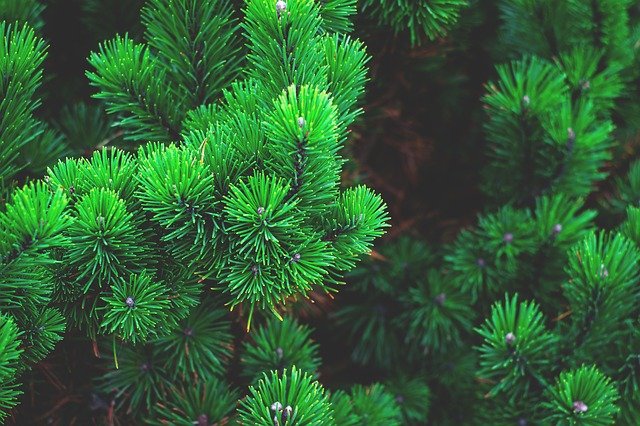
The pine has several healing properties that allow it to cure various diseases including those of the respiratory system. Let’s find out better.
Property of the Pine
The Pine is a plant that performs an action:
- Antiseptic for the utinary, respiratory and liver tracts;
- Expectorant-thinner of bronchial secretions,
- Antirheumatic.
These properties of pine are especially useful in case of colds, bronchitis, tracheitis, pneumonia, asthma, influence chronic cystitis, prostatitis, leucorrhoea and cholecystitis.
The chemical constituents of pine, on the other hand, are:
- Oleoresin, from which the essence of turpentine is obtained by distillation;
- Essential oil , rich in monoterpenes;
- Coniferoside;
- Bitter substances.
How to use
The Scots Pine buds can be used for the treatment of the airways and lungs, against fever, cold and bronchitis. Furthermore, these are useful for calming the tox and eliminating mucus and phlegm, but also as a disinfectant of the urinary tract (also given the diuretic action) and as an anti-rheumatic
The pine buds can be used to make decoctions, useful for disinfecting the skin, and as a deodorant for the environment, while the pine leaves have a purifying action, useful for the lungs, kidneys and bladder.
Pine essential oil is also used in the natural cosmetics sector to produce soaps and detergents that have purifying, deodorant, stimulating and energizing properties against fatigue.
The essential oil can also be purchased pure and used through inhalers against colds and bronchitis, given its balsamic, sedative, and anti-inflammatory properties.
In addition to the needles, a lower quality essential oil is also obtained from the bark which is used to make natural cosmetic products for the bathroom. Instead, the essence of turpentine is obtained from the resin.
In case of cough, sinusitis and cold, it is possible to make an infusion with a cup of hot water and a spoonful of needles. After 10 minutes of infusion it is possible to filter, add 20 drops of pine glycerine macerate and consume up to 2 cups a day.
Against rheumatism, however, it is possible to massage a mixture of sweet almond oil and 1-2 drops of pine essential oil on the affected parts.
Contraindications of pine
The use of pine essential oil can cause irritation to the skin and mucous membranes, especially if used for aerosols. Avoid its use in case of known hypersensitivity to one or more components.
Description of the plant
Pinus sylvestris is an evergreen tree with an expanded crown. It belongs to the Pinaceae family and has needle-like leaves grouped in bunches.
The flowers of the pine can be microsporophylls, if they form small yellow peduncles cones; or macrosporophylls, with small reddish cones, erect and isolated.
The Pinus sylvestris is a Conifer and as such has the naked seed, not enclosed in an ovary. Conifers are classified as Gymnosperms.
Pine habitat
Pino is a pinata spread from the plains to the high mountains. It is very common throughout the Alps and also occupies a small area of the Northern Apennines. It is also cultivated to carry out extensive reforestation.
Pine is a plant that loves being in full light; it prefers the loose and sandy soils of the maritime coasts. The formation of pine forests near the beaches and among the dunes is very common, where it is possible to find pine with other plants typical of the Mediterranean scrub.
Background

In ancient Greece the pine was sacred to Rhea, the Great Mother, and to Dionysus. Virgil, Ovid and Pliny considered it a symbol of fertility and generosity.
Instead, during the Renaissance, the pine was seen as a symbol of death, because, once cut, it cannot be reborn by itself. While its resin recalls immortality and purity and the pine cone closed to chastity and the one open to fecundity.






